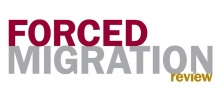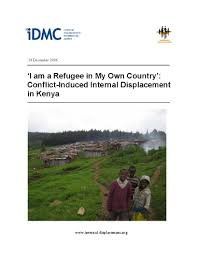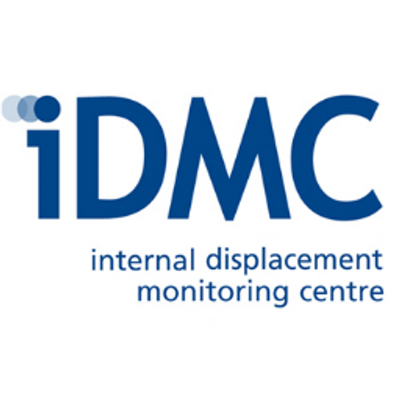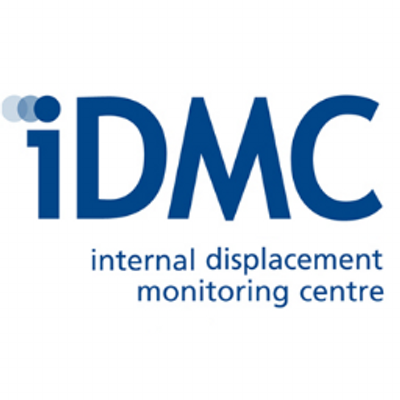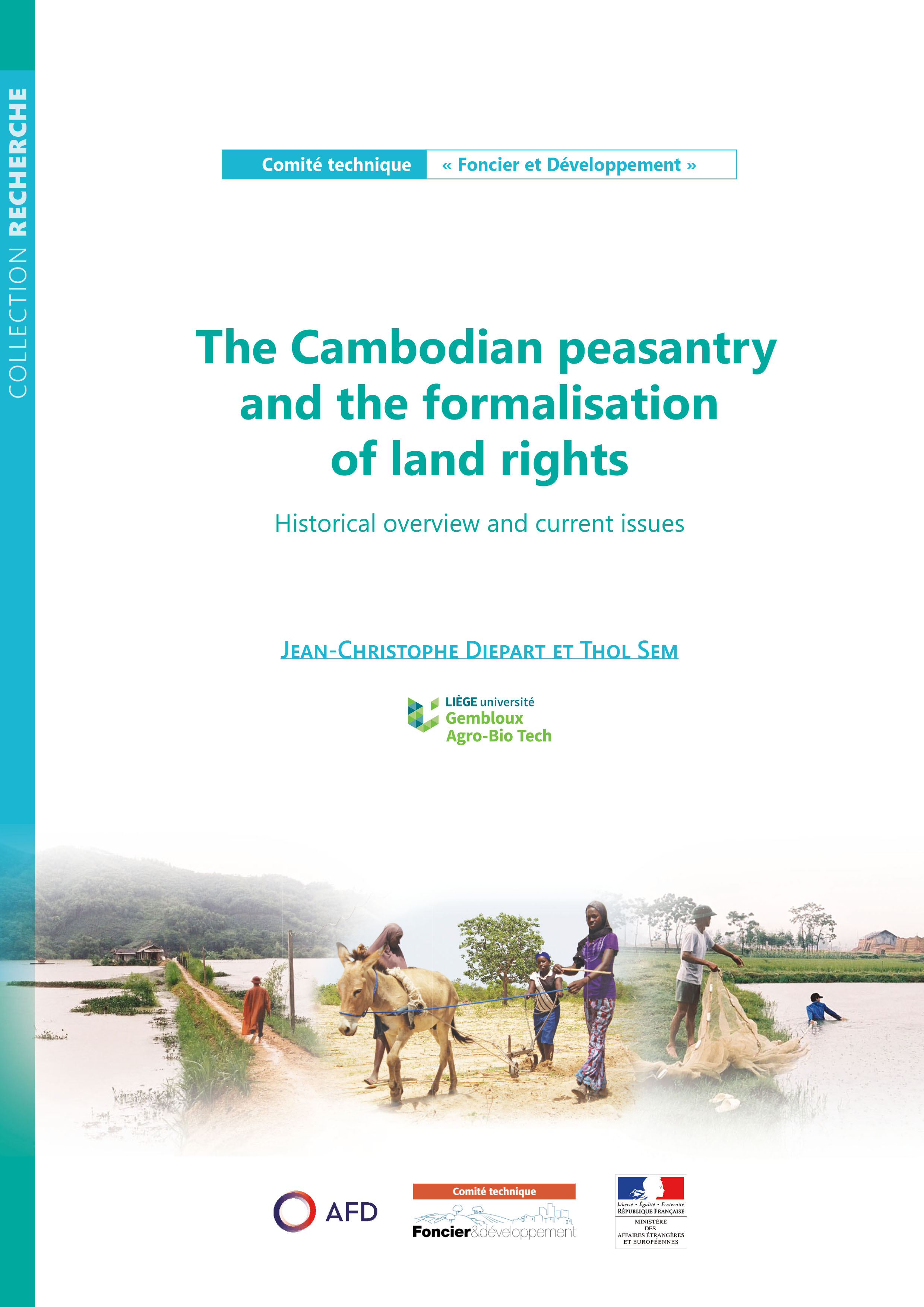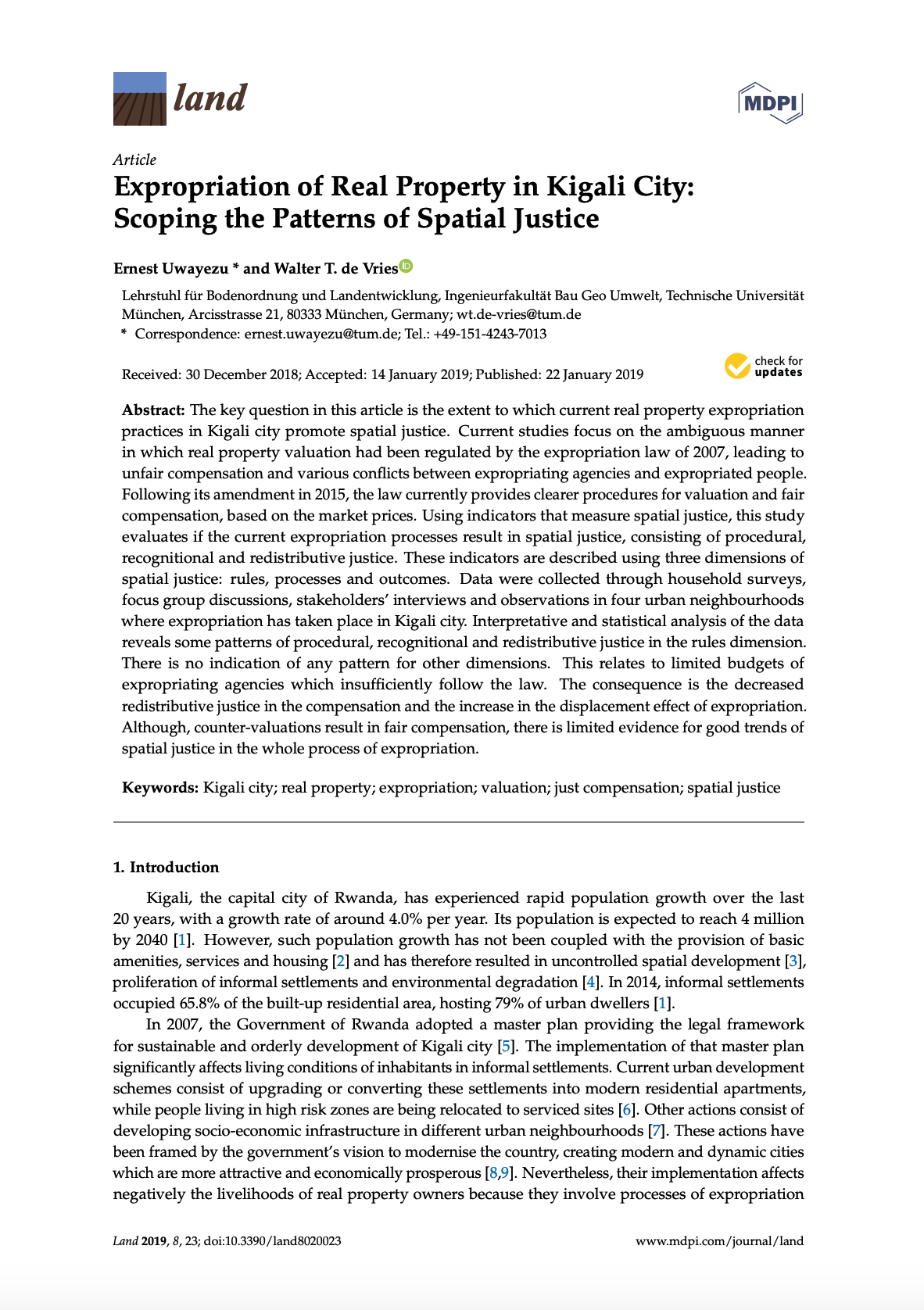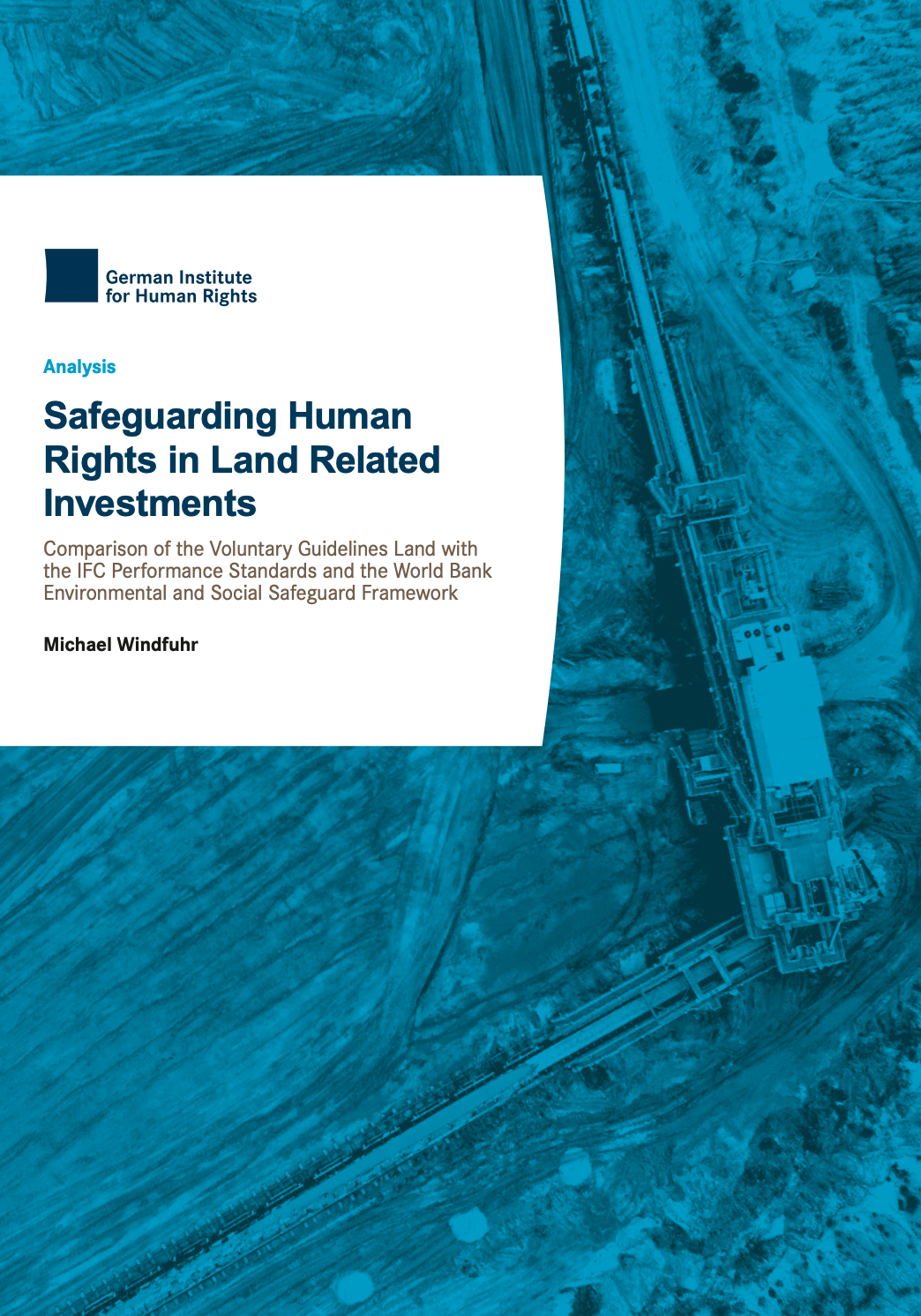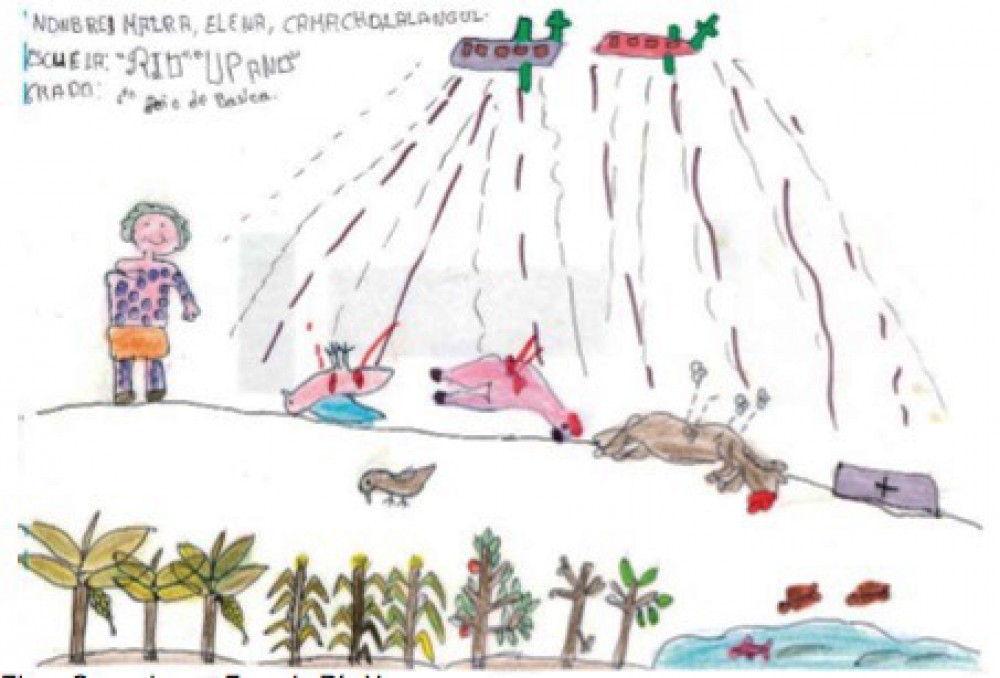Kenya Refugees and internally displaced persons
Refugees and internally displaced persons: refugees (country of origin): 285,705 (Somalia) (refugees and asylum seekers); 111,361 (South Sudan) (refugees and asylum seekers); 35,490 (Democratic Republic of the Congo) (refugees and asylum seekers); 27,979 (Ethiopia) (refugees and asylum seekers); 12,759 (Burundi) (refugees and asylum seekers); 9,962 (Sudan) (refugees and asylum seekers) (2017)


